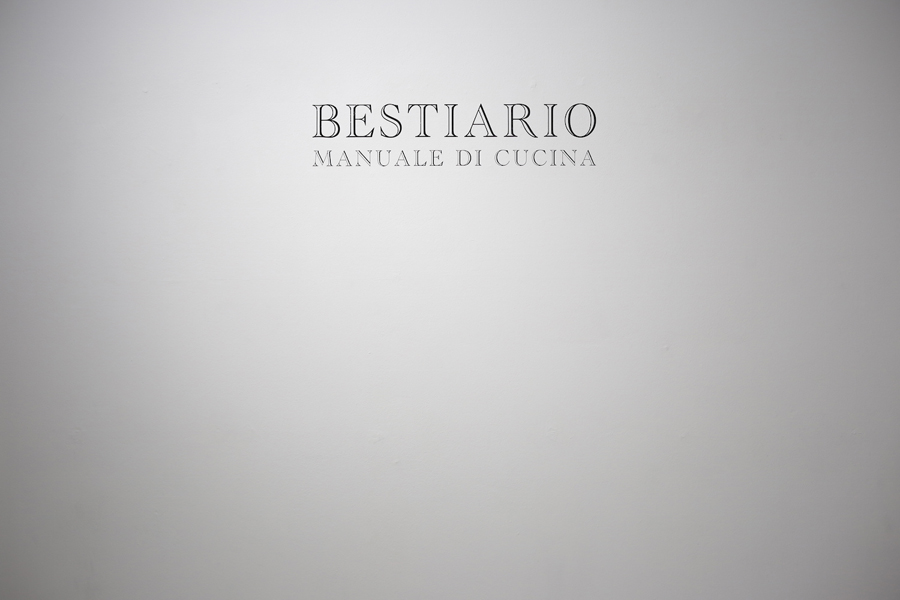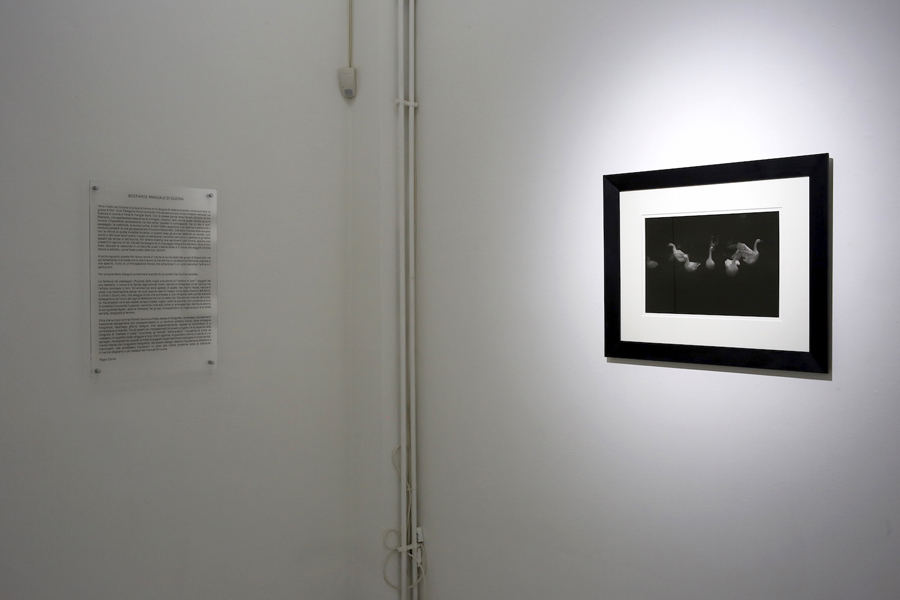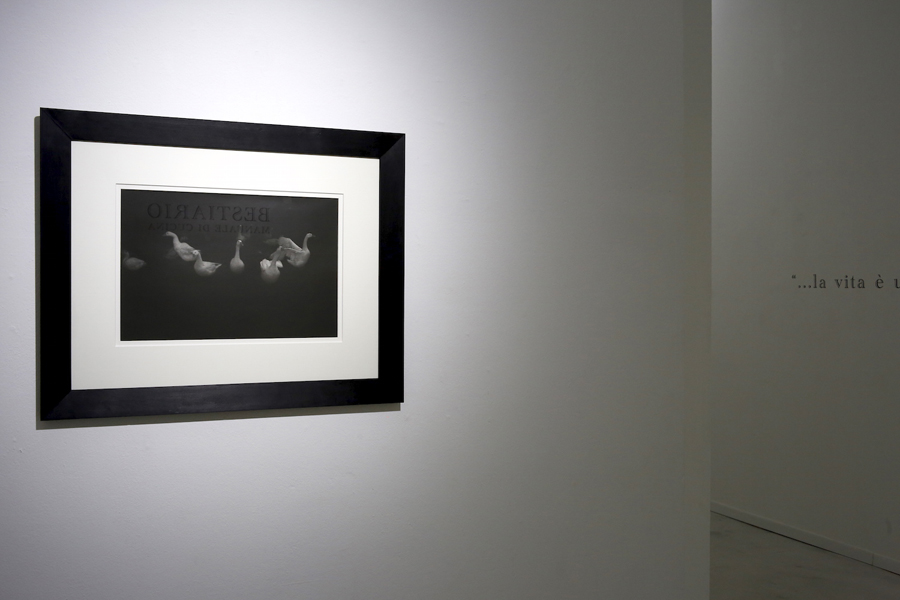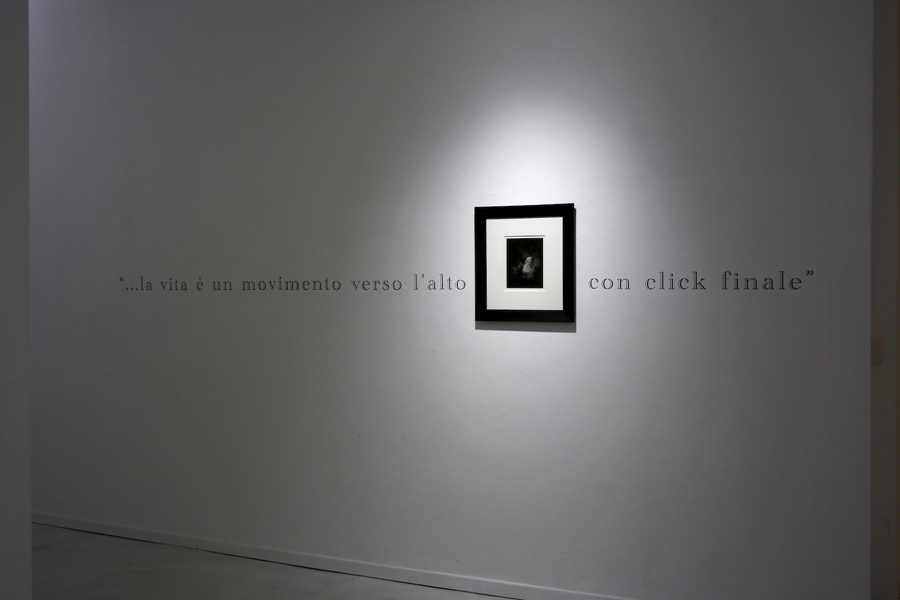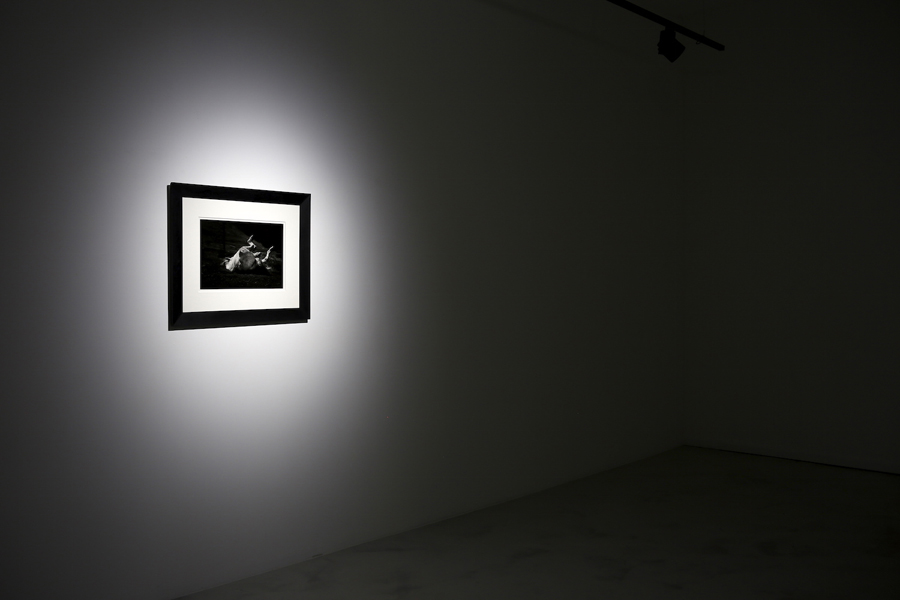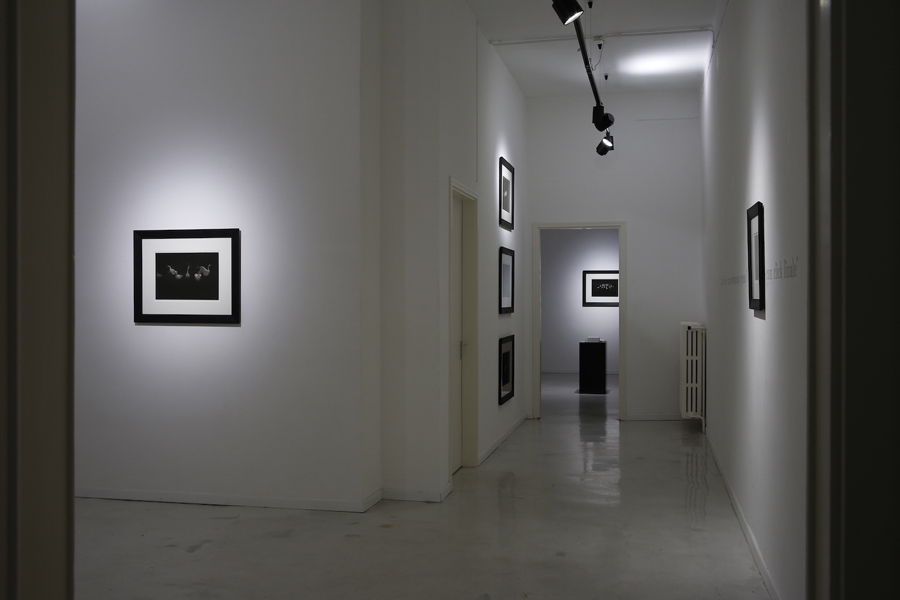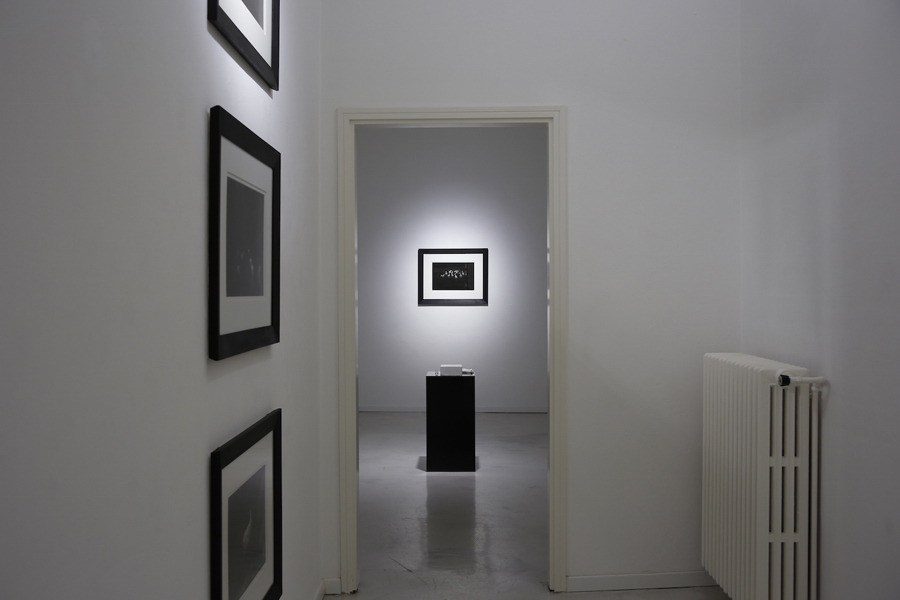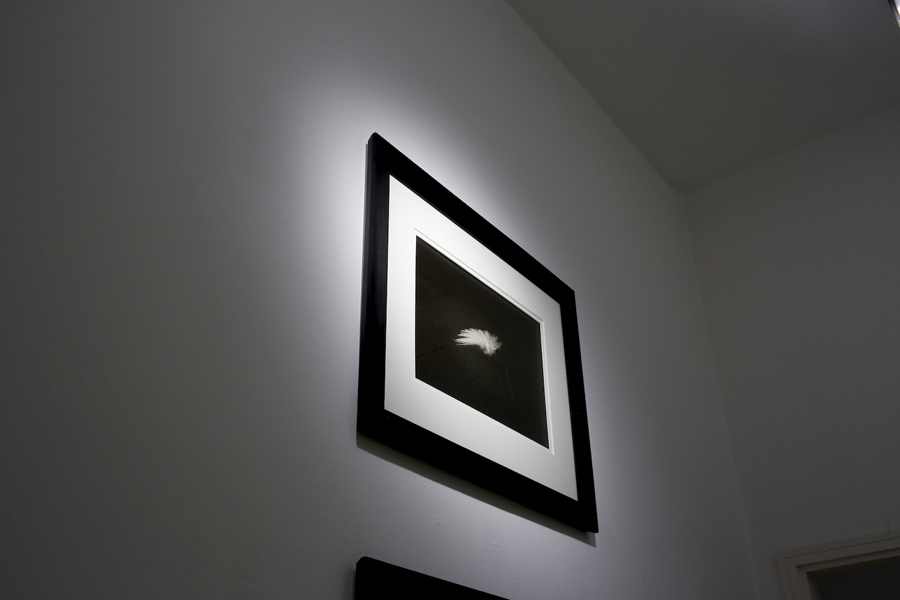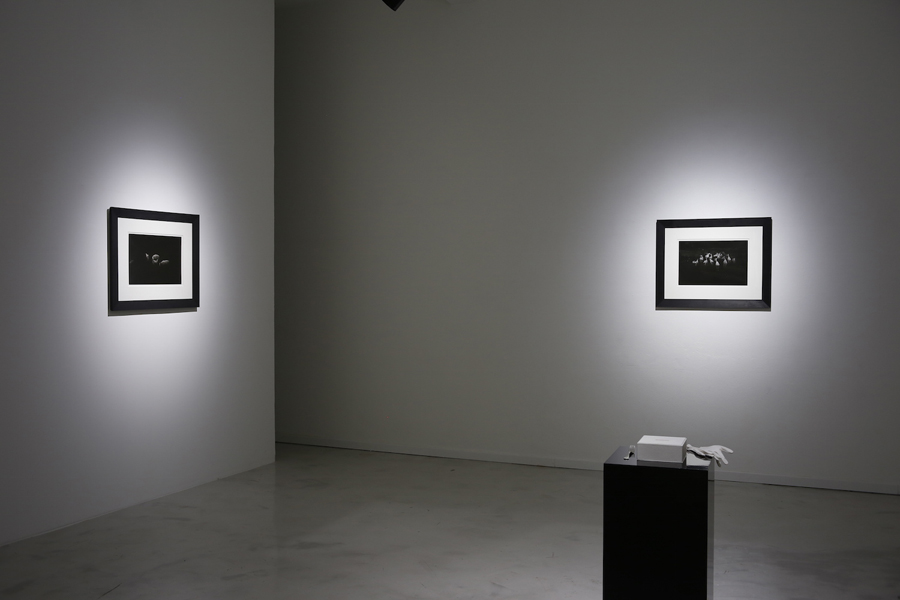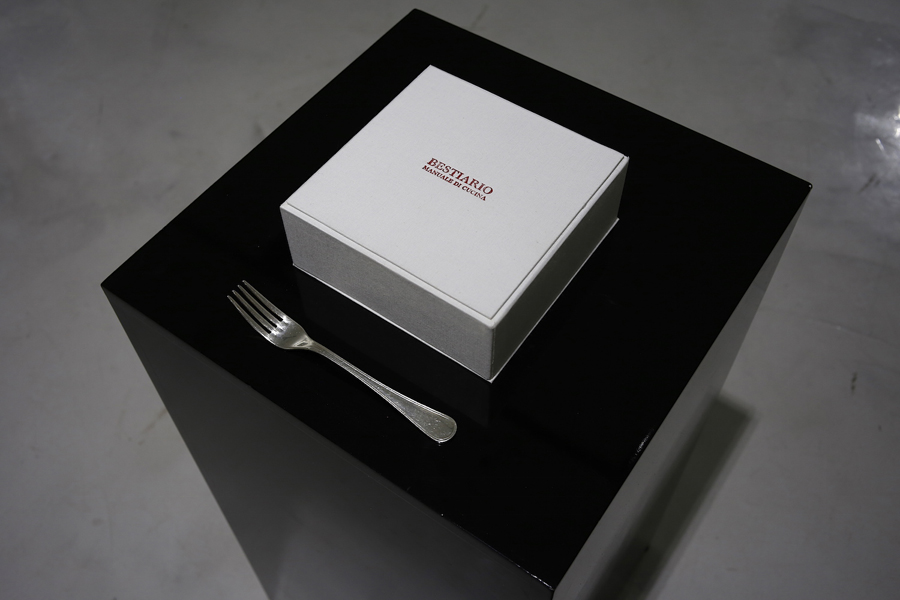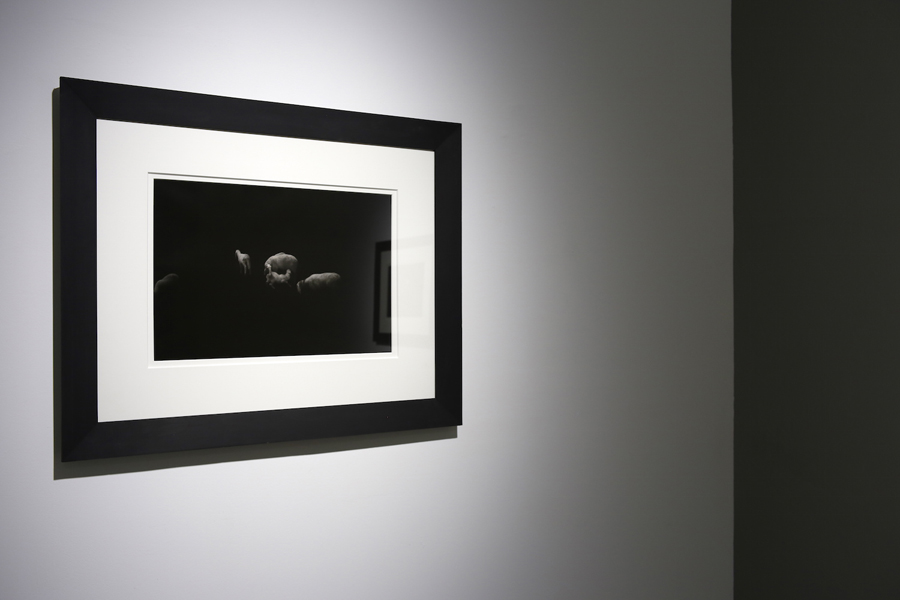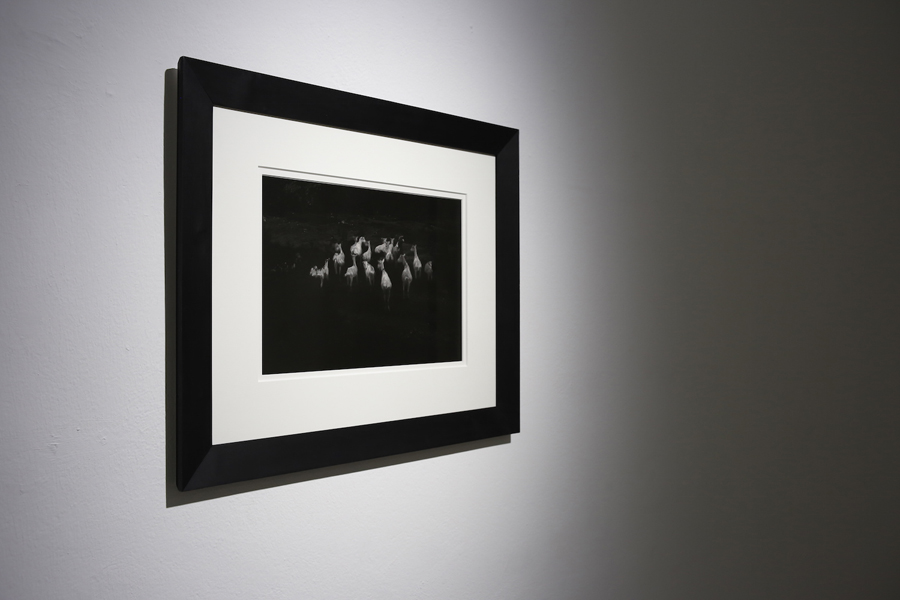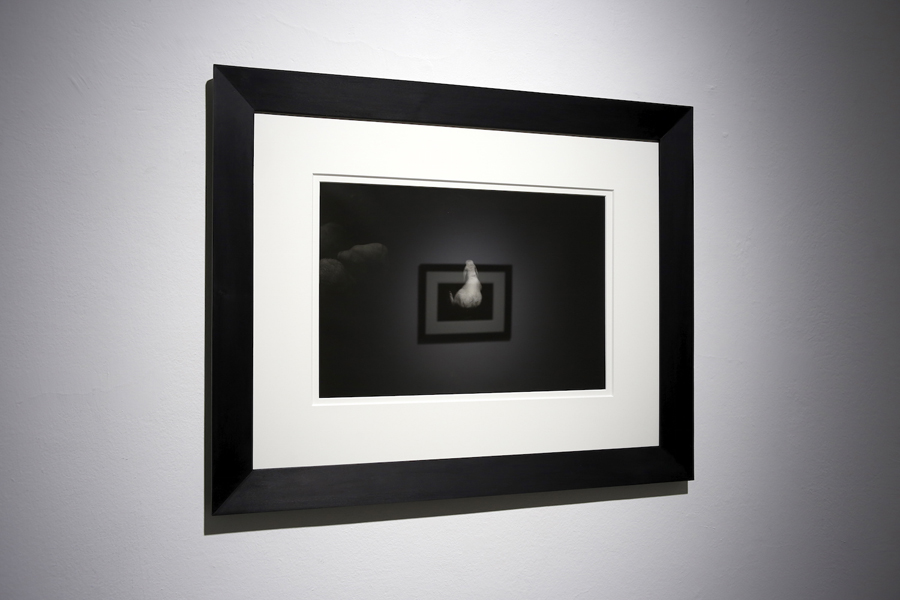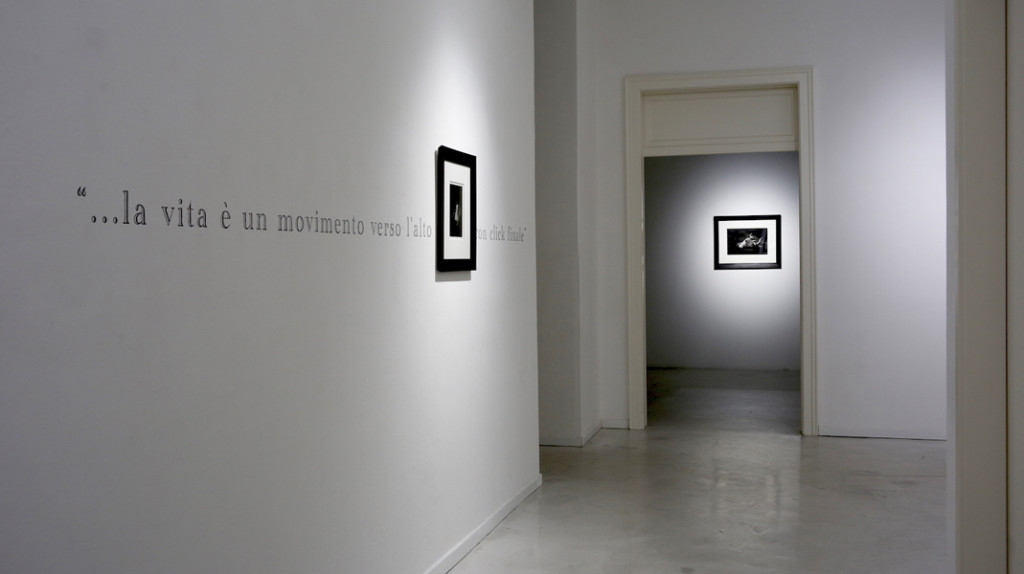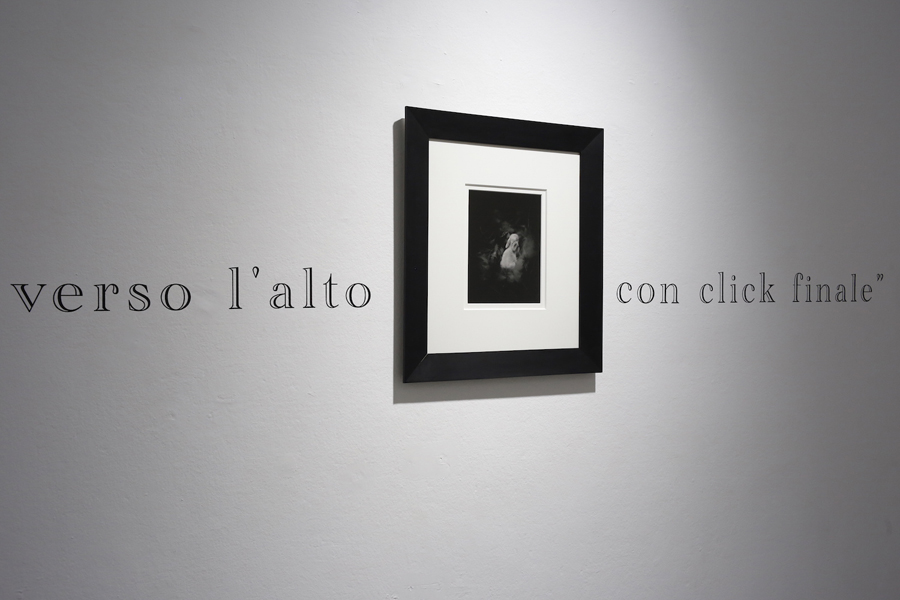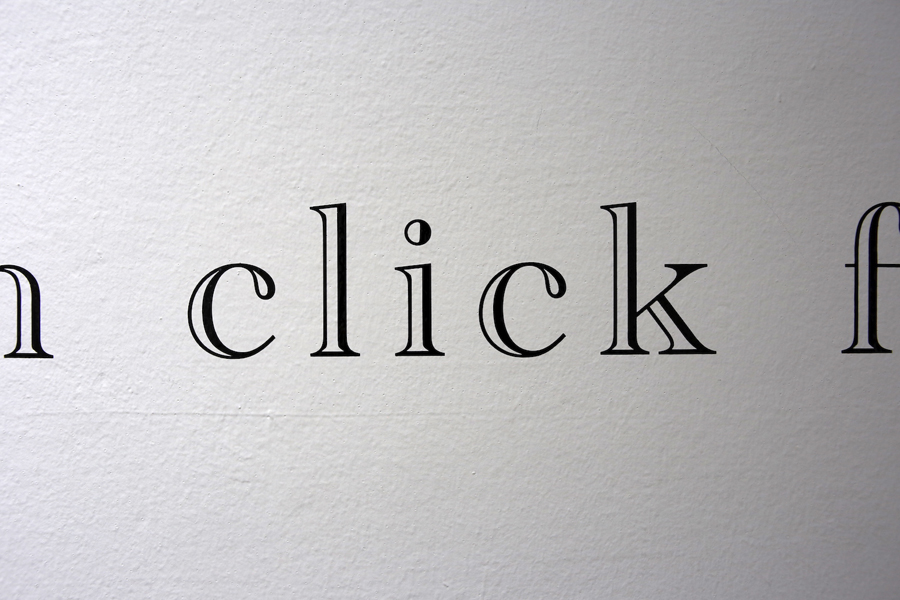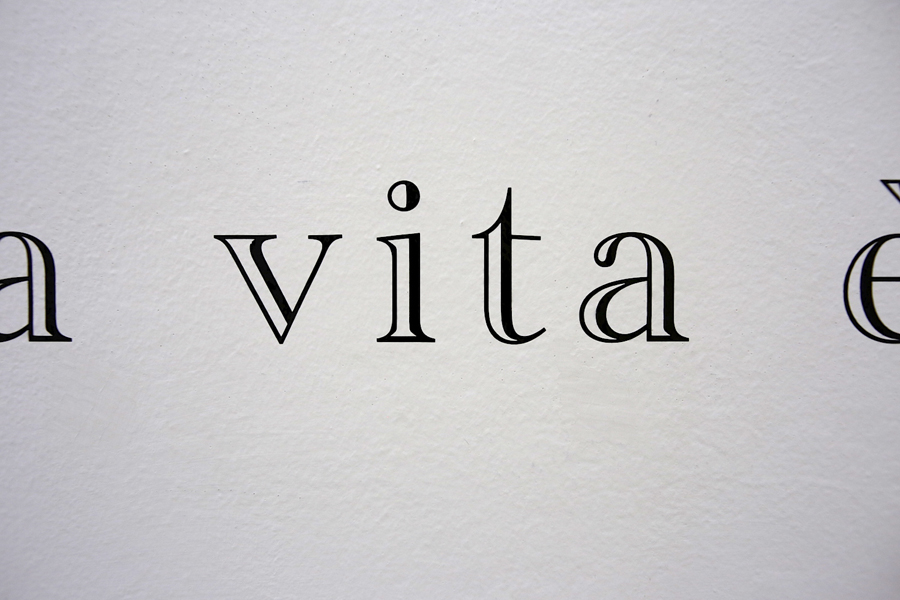2016 MUST GALLERY, CHIlaria Ferretti MUST GALLERY, Lugano, Switzerland Exhibition catalogue with text by Pippo Ciorra; bilingual edition Italian English, 100 numbered copies.
Food Chain “I love the good and the beautiful whenever I find them and I hate to see anyone squander, as they say, God’s bounty.” So concludes Pellegrino Artusi in the introduction to his classic cookery book, Science in the Kitchen and the Art of Eating Well. With those same words Ilaria Ferretti begins her Bestiary, a spectacular sequence of images, quotes and texts with which the artist tries to find the impossible resolution between two parallel and contrasting loves. On the one hand, there is “her” landscape, tradition, good food and all the apparent idyllic life along with the implicit violence that makes them possible (and that already broke Giacomelli’s heart). On the other hand, there is the overwhelming empathy for the victims of that invisible brutality, the animals destined for the slaughterhouse in this case, whereas, in other works of hers there were mines tortured by man or even buildings assaulted by time and neglect. In order to keep two such diverse emotions together (even though they’re often found in each one of us), Ferretti needs an extreme photographic language, where the natural context is hidden in an obscurity that is almost impenetrable and the color of the subjects becomes white and abstract, as if it were their “soul.” Upon first glance, these photos bring to mind the burnt lights of Giacomelli groupings. But then one slowly realizes that Ferretti’s work has an incredibly original and site specific nature which is the result of a fierce introspection that traverses the soul and the atmosphere in a unique way. To understand it one needs to concentrate especially on that which the author erases. The beauty of the landscape is obscured by the overriding desire to “highlight” the subjects of her bestiary. The color and the physicality of the portrayed animals, white and immaculate, are like the soul that the artist recognizes in them. The animals often have their backs turned, they are faceless, they march towards a destination lost in the darkness and yet rendered only too obvious by the Artusi quotes. And ultimately the (good) food that hovers like a promise and a threat in the words expertly lifted and in the future of each livestock element is never seen. Ferretti’s intention is not to be a whistle blower. She is empathetic, but at the same time she’s cruel. She takes the color away from the peacock, she doesn’t allow the steers to console us by grazing in the pasture, she portrays the goose only as a heap well distributed around its tasty liver. She isolates the “beauty” of the groups, suspending it in a dark magma and conveying it abstractly, isolating it from the ground. In addition to her animals, Ferretti works on the idea of photography itself. She underlines traditional procedures pushing it, with awareness, into new artistic territory, where the photographic image, reportage, painting, drawing, (apparently) digital art are all mixed together and reinforced along the way. Among the more upsetting aspects of this project is the capacity of the photographer to (unconsciously) “pose” animals: they “move across” the frame as if in some way they want to escape into the darkness that oppresses them. They look around in search of a small opening, especially when there are single subjects that seem to converse in a terribly intense way with a photographic gaze. From this dialogue excruciating and memorable compositions appear, ones that could unnerve us a little the next time we’re out at a restaurant or while we’re leafing through the most classic of all cook books. |  |
